143 years ago today, Ludwig von Mises, the most influential economist of the 20th century was born in Lemberg. Today, Mises is remembered not as the founder, but the master of “praxeology,” a study that forms economic theory based on human actions as the fundamental units of analysis. He published several seminal economic treatises throughout his life, and his lectures included an audience alumni of famous economists, including Nobel Prize winner Friedrich Hayek. READ about his inspirational immigrant story… (1881)
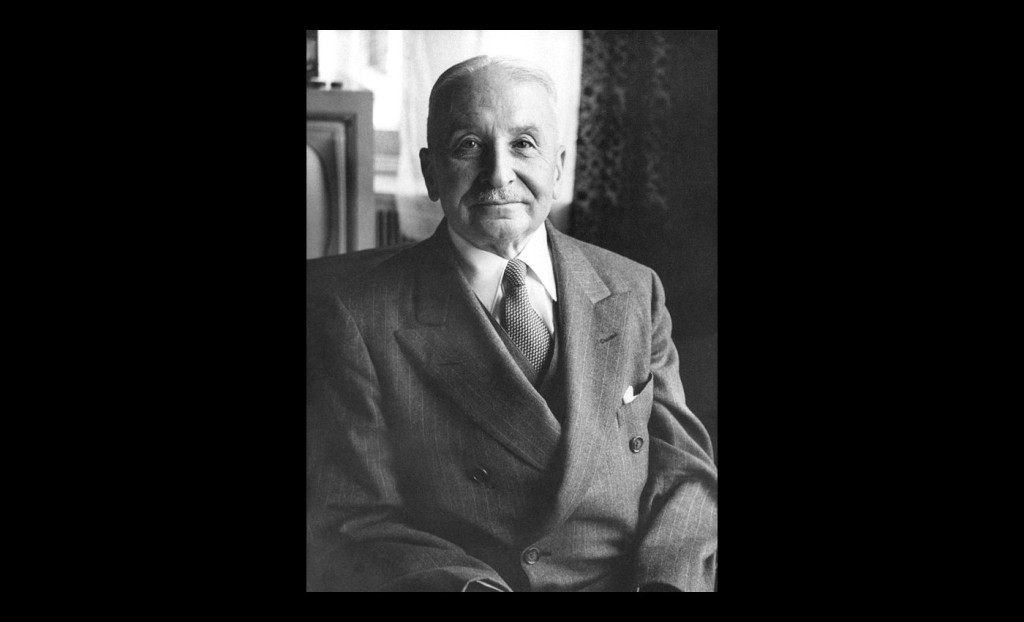
Unlike many immigrant stories, that go in the direction of zero to hero, Mises endured rather the opposite. Between the periods of pre-World War I to pre-World War II in his home nation of Austria, he held numerous important public and academic roles, as economic adviser to the War Department, and chief economist for the Austrian Chamber of Commerce.
During this time he wrote The Theory of Money and Credit a treatise in which he presented the first concrete theory for what determines the value of money.
In 1940 he fled Nazism to America. Arriving on these shores, with only a little understanding of English, and with all his connections and fame effectively erased, he proceeded to get a visiting professor role at New York University and write his 900-page magnum opus: Human Action.
As the name suggests, Human Action is about economic actions with the individual actor at its foundation. Combining this new way of approaching the science, Mises developed the Marginal Utility theory of value, which states acting man calculates the value of goods and services on the margins, i.e. not whether bread is worth more than money, but whether a certain amount of units of bread are worth more than a certain amount of money.
In Human Action Mises argues that economic calculations are the most important, and biggest problem in society, and that the unhampered free market underpins all of civilization because it provides the only way detailed economic calculations can be made; chiefly through crowdsourcing this impossible task throughout all economic actors in society.
More Good News on This Date:
- New York Giants center-fielder Willie Mays made what is widely considered to be the greatest catch ever made in baseball with his back to home plate, running down a ball hit by a Cleveland Indians player in Game 1 of the World Series—Watch below (1954)
- Pope John Paul II became the first pope to set foot on Irish soil with his visit to the Republic of Ireland (1979)
- The space shuttle Discovery blasted off from Cape Canaveral, Fla., marking America’s return to manned space flight, which was grounded after the Challenger disaster (1988)
- Bruce Springsteen, while traveling on his motorbike from Los Angeles, stopped in at Matt’s Saloon in Prescott, Arizona where he jammed with the house band–playing classics like ‘Don’t Be Cruel’ and ‘Route 66’– and also donated $100,000 to a barmaid’s hospital bill (1989)
- 62,000 people attended the Global Citizen Festival in Central Park, enjoying concert performances by Neil Young, Foo Fighters, and The Black Keys to promote anti-poverty initiatives with the Global Poverty Project—$167.5 million in new commitments were raised (2012)
And, on this day 477 years ago, Miguel de Cervantes, the Spanish author thought to be the father of the modern novel, was born. In prison, he hatched the idea for his masterpiece, Don Quixote, published in 1605.
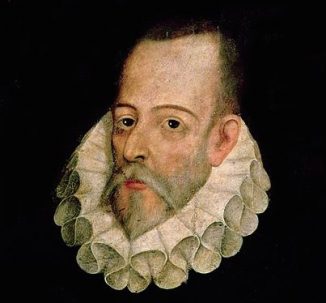 He conceived it to be a parody of the romance genre that was popular in the day. Cervantes said, “Too much sanity may be madness, and the maddest of all, to see life as it is and not as it should be.” (1547)
He conceived it to be a parody of the romance genre that was popular in the day. Cervantes said, “Too much sanity may be madness, and the maddest of all, to see life as it is and not as it should be.” (1547)
28 years ago today, the Nintendo 64 video game console was released in North America.
Critically acclaimed as “quite simply, the fastest, most graceful game machine on the market”, the N64 was one of the first gaming consoles to have four controller ports and could handle a 4-player split screen without significant slowdown. Named after its 64-bit microprocessor, which had power comparable to Pentium processors in desktop computers, its advanced 3D graphics allowed textures to render smoothly, rather than pixelated.

The system’s higher resolution and pressure-sensitive controller were ideal for the EA Sports’s second-generation Madden and FIFA games, and it was designed in tandem with Super Mario 64 and The Legend of Zelda, which are widely considered by critics and the public to be two of the greatest and most influential games of all time.
The last major home console to use cartridges as its primary storage format, it was built and priced at $199.99 to compete with the Sony PlayStation—and, indeed it did that very well. In its first year, 3.6 million units were sold in the U.S. alone. (1996)

And, 38 years ago today, Designing Women premiered on CBS, bringing laughs and Southern hospitality to American TV screens. Created by Linda Bloodworth-Thomason, the Emmy and Golden Globe-nominated sitcom aired for seven seasons and depicted the lives of four women and one man working together at an interior design firm in Atlanta, Georgia.
The show’s memorable cast of smart, feisty women included Dixie Carter playing the self-confident Julia Sugarbaker, president of the company; Delta Burke as her self-centered beauty-queen sister, Annie Potts as the sarcastic head designer Mary Jo; and Jean Smart as Charlene, the naive and sunny office manager. Meshach Taylor played the ex-con deliveryman who was attending law school to improve his life. (1986)

55 years ago today, Love, American Style, the anthology comedy series produced by Paramount Television first aired. The show—considered risqué at the time—featured unrelated humorous tales of romance (or break-ups) filmed in different locations with new or returning actors and characters each week. For several seasons, it topped-off a powerhouse ABC lineup on Friday nights with The Brady Bunch, The Partridge Family, Room 222, and The Odd Couple.
Two of the show’s segments served as pilots for successful TV shows. In 1972, Love, American Style aired an episode with a segment entitled Love and the Television Set, about Richie Cunningham, his family, and friends. The premise and characters would later be spun into the television series Happy Days, with that original segment serving as the de facto pilot for the series. The series, which derived its name from an Oscar-nominated 1961 film called Divorce, Italian Style, received several Emmy nominations, including two in 1970–1971 for Best Comedy Series. (1969)
34 years ago today, construction on the National Cathedral in Washington, DC was finally completed—83 years to the day after the foundation stone was laid in the presence of President Theodore Roosevelt in 1907.
Including 112 gargoyles, many carved by master stone carver Roger Morigi, this Episcopal Church features a dizzying array of whimsy, including—one of its most popular attractions—a stone carving of Darth Vader installed as a gargoyle in 1986 on the building’s north “dark” side.
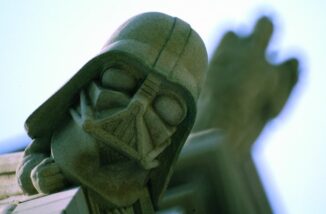
The sixth largest cathedral in the world and the second largest in America, it is filled with memorials to persons or events of national significance, including statues of Eleanor Roosevelt, Rosa Parks, Presidents Washington and Lincoln, and stained glass commemorating events like the Lewis and Clark expedition and the raising of the American flag at Iwo Jima. Tours of the grounds host a quarter million visitors every year.

There are many other works of art including over 215 stained glass windows, the most familiar of which may be The Space Window, honoring mankind’s landing on the Moon, which actually has a fragment of lunar rock embedded at its center.
Sitting on 57 acres atop a hill with a tower that constitutes the highest point in the nation’s capital, more than 220 people are interred in the Cathedral, including President Woodrow Wilson and Helen Keller, who is buried alongside her teacher Annie Sullivan in the Cathedral crypt. TAKE a quick video tour… (1990)
SHARE The Milestones, Memories, and Music…


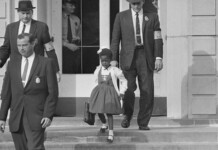
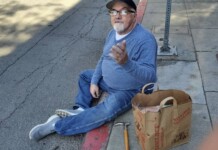
















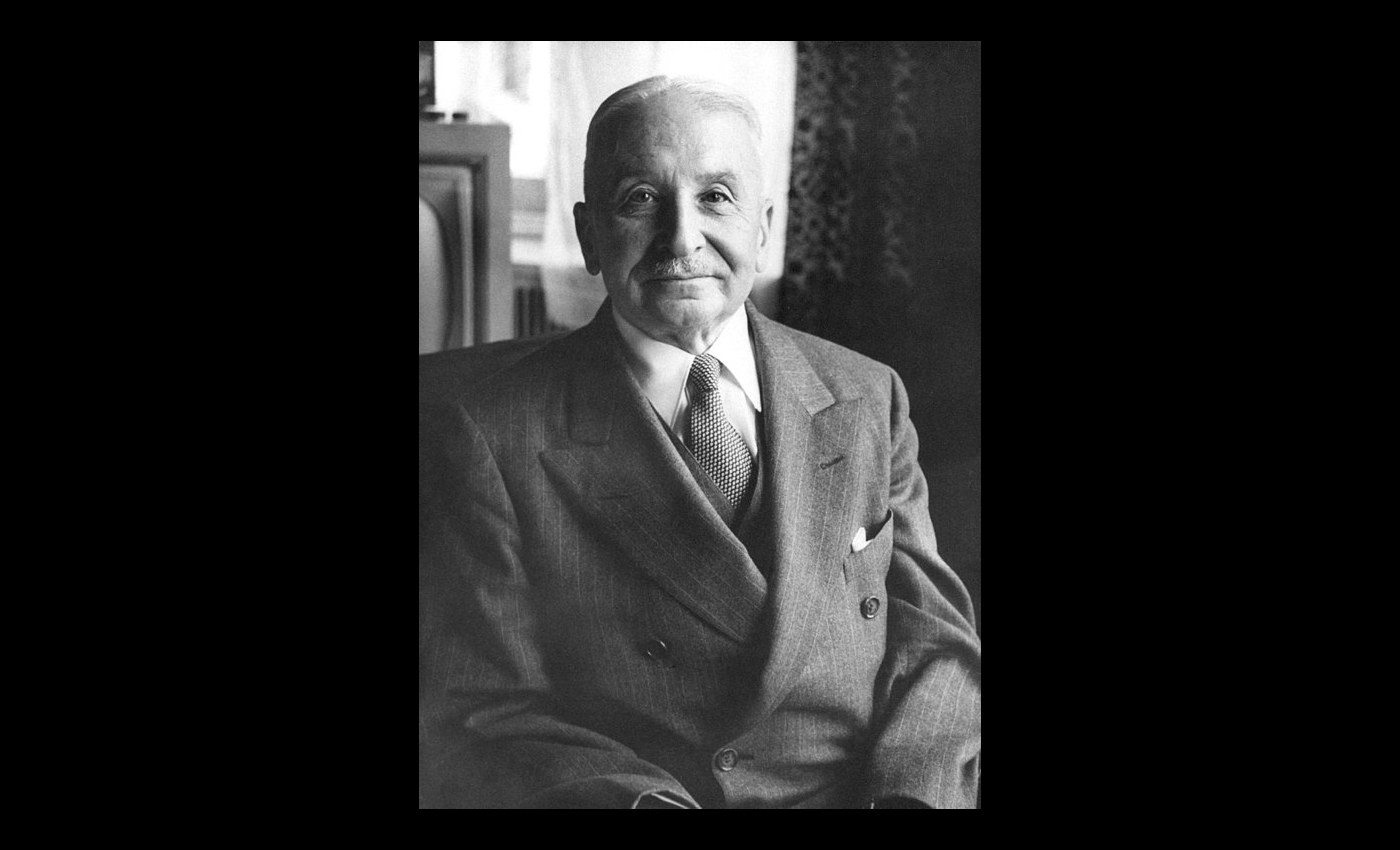
[…] post Good News in History September 29 appeared first on The Good News […]
[…] By Good News Network […]
[…] Source link […]
[…] post Good News in History September 29 appeared first on Good News […]
[…] Posted From: https://www.goodnewsnetwork.org/events060929/ […]